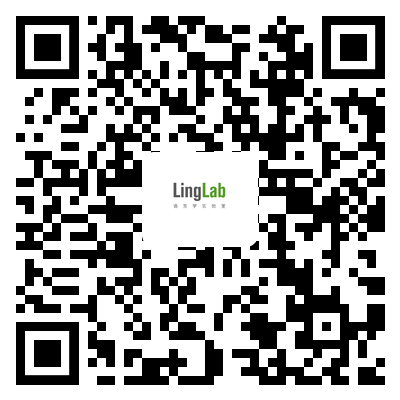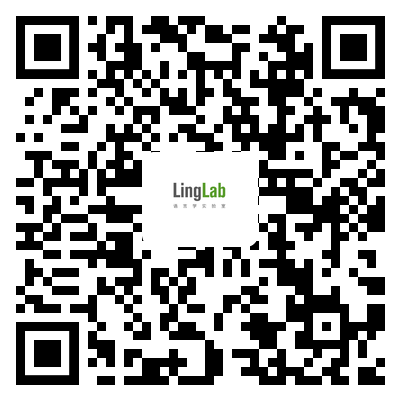1906 阅读 68 下载 2020-07-06 17:54:54 上传 3.33 MB
【每日电子书】由“口耳之学社区”和“语言学小电”倾力打造的全新版块,每日会推出数量不等的电子书讯,网罗国际顶级出版社、涵盖语言学各领域分支,海量资源,新鲜速递,任您挑选!详情可添加“语言学小电”的微信13764179404进行咨询!
Eye Tracking: A Guide for Applied Linguistics Research等2本电子书
弗奈提克斯(微信zhangxiaojian160408)
今日推出2本电子书资源:
①剑桥大学出版社2018年重磅教材Eye Tracking: A Guide for Applied Linguistics Research
本书位团购资源,很难从网上下载,欲获取请添加“语言学小电”的微信13764179404进行咨询!
②Springer出版社2018年前沿专著Cognitively inspired Natural Language Processing. An Investigation based on Eye-tracking
本书为免费资源,各位可以点击文末的附列表进行下载!
封面 | 概况 | 获取途经 |
| 【书名】:Eye Tracking: A Guide for Applied Linguistics Research 【作者】:Kathy Conkiln等 【年份】:2018年 【出版社】:剑桥大学出版社 【简介】:本书为团购资源,应用语言学眼动研究方面的一本导论教材,每人¥40。Eye-tracking is quickly becoming a valuable tool in applied linguistics research as it provides a 'real-time', direct measure of cognitive processing effort. This book provides a straightforward introduction to the technology and how it might be used in language research. With a strong focus on the practicalities of designing eye-tracking studies that achieve the standard of other well-established experimental techniques, it provides valuable information about building and designing studies, touching on common challenges and problems, as well as solutions. Importantly, the book looks at the use of eye-tracking in a wide variety of applied contexts including reading, listening and multi-modal input, writing, testing, corpus linguistics, translation, stylistics, and computer-mediated communication. Each chapter finishes with a simple checklist to help researchers use eye-tracking in a wide variety of language studies. Discussion is grounded in concrete examples, which will allow users coming to the technology for the first time to gain the knowledge and confidence to use it to produce high quality research. | 此书网上很难下载,感兴趣的老师和同学可添加“语言学小电”的微信13764179404进行咨询! |
| 【书名】:Cognitively inspired Natural Language Processing. An Investigation based on Eye-tracking 【作者】:Abhijit Mishra, Pushpak Bhattacharyya 【年份】:2018年 【出版社】:Springer出版社 【简介】:This book shows ways of augmenting the capabilities of Natural Language Processing (NLP) systems by means of cognitive-mode language processing. The authors employ eye-tracking technology to record and analyze shallow cognitive information in the form of gaze patterns of readers/annotators who perform language processing tasks. The insights gained from such measures are subsequently translated into systems that help us (1) assess the actual cognitive load in text annotation, with resulting increase in human text-annotation efficiency, and (2) extract cognitive features that, when added to traditional features, can improve the accuracy of text classifiers. In sum, the authors’ work successfully demonstrates that cognitive information gleaned from human eye-movement data can benefit modern NLP. Currently available Natural Language Processing (NLP) systems are weak AI systems: they seek to capture the functionality of human language processing, without worrying about how this processing is realized in human beings’ hardware. In other words, these systems are oblivious to the actual cognitive processes involved in human language processing. This ignorance, however, is NOT bliss! The accuracy figures of all non-toy NLP systems saturate beyond a certain point, making it abundantly clear that “something different should be done.” | 免费资源,各位老师和同学可点击文末的附件列表进行下载! |

















